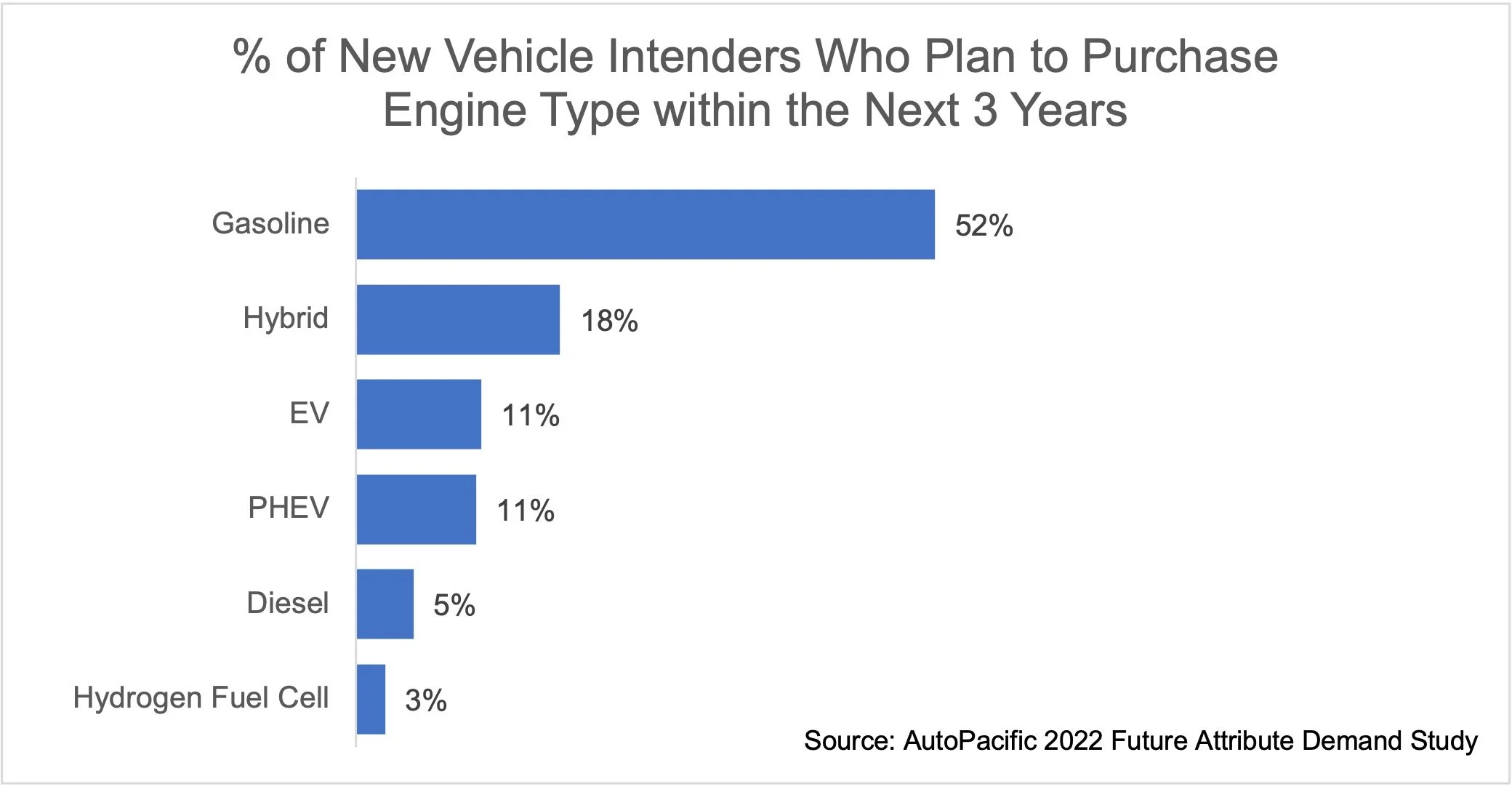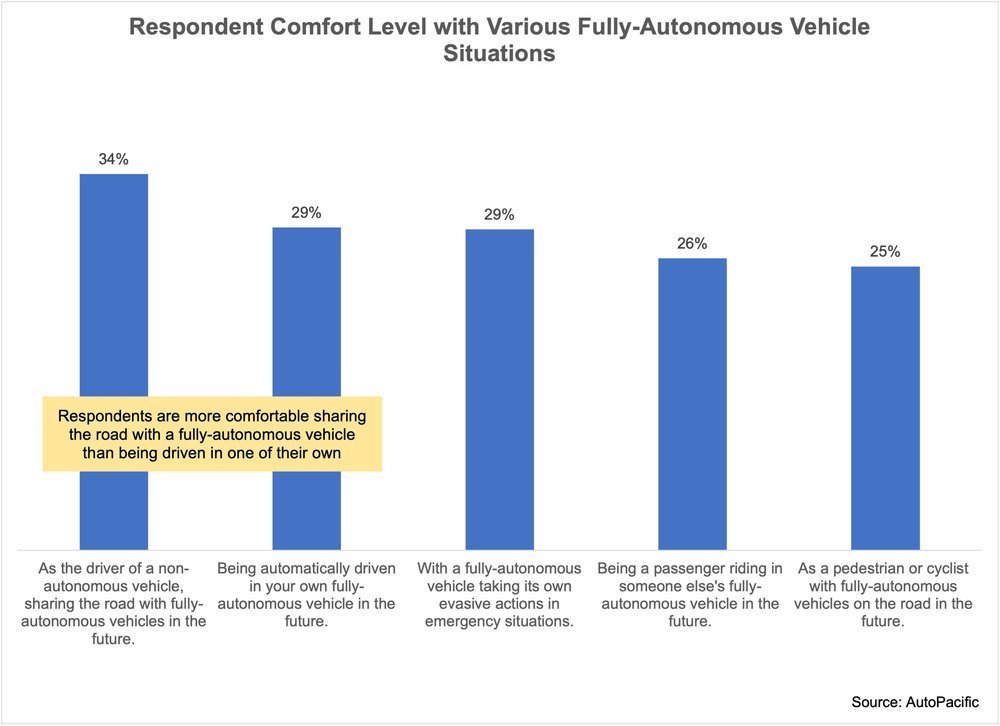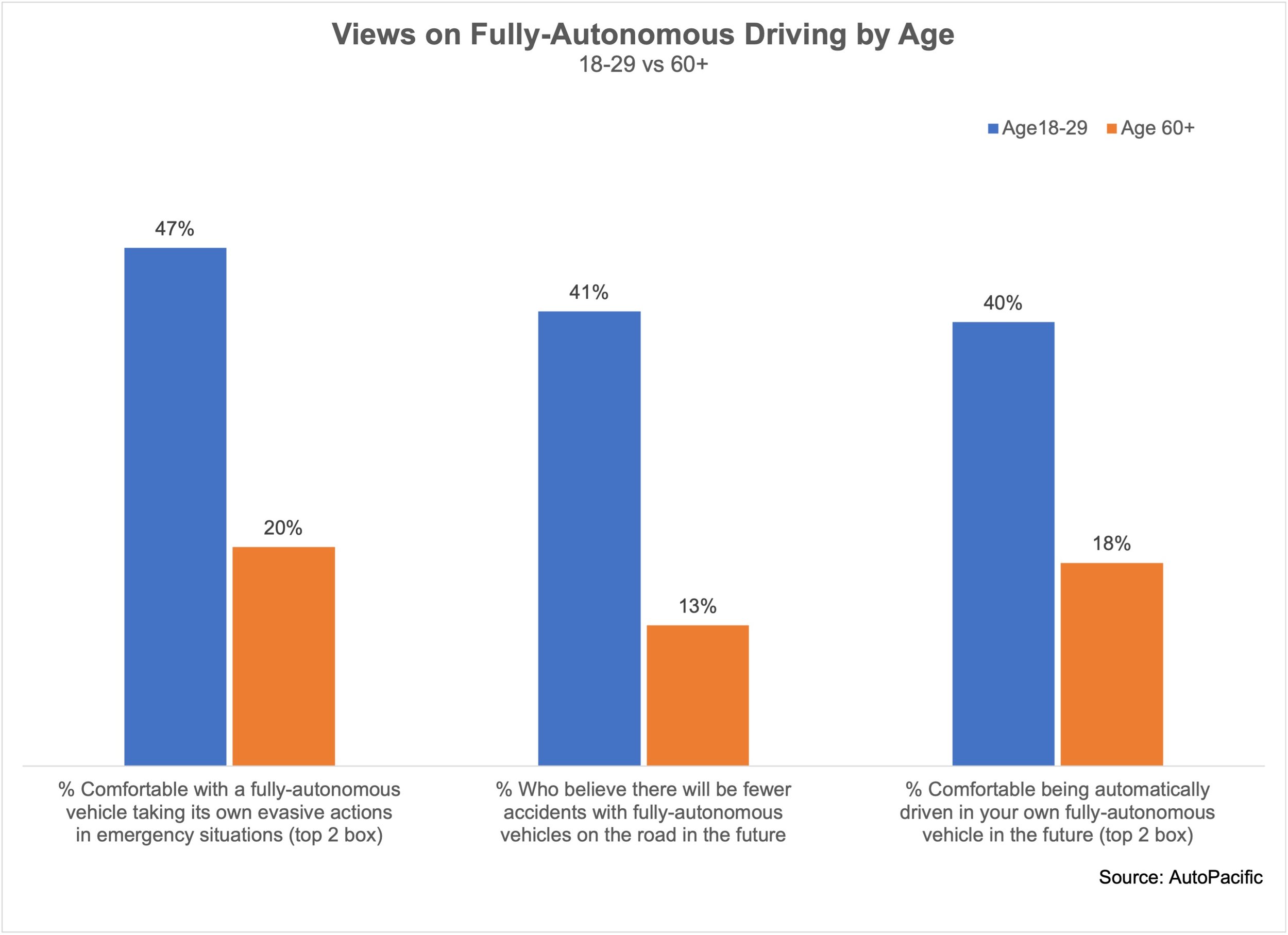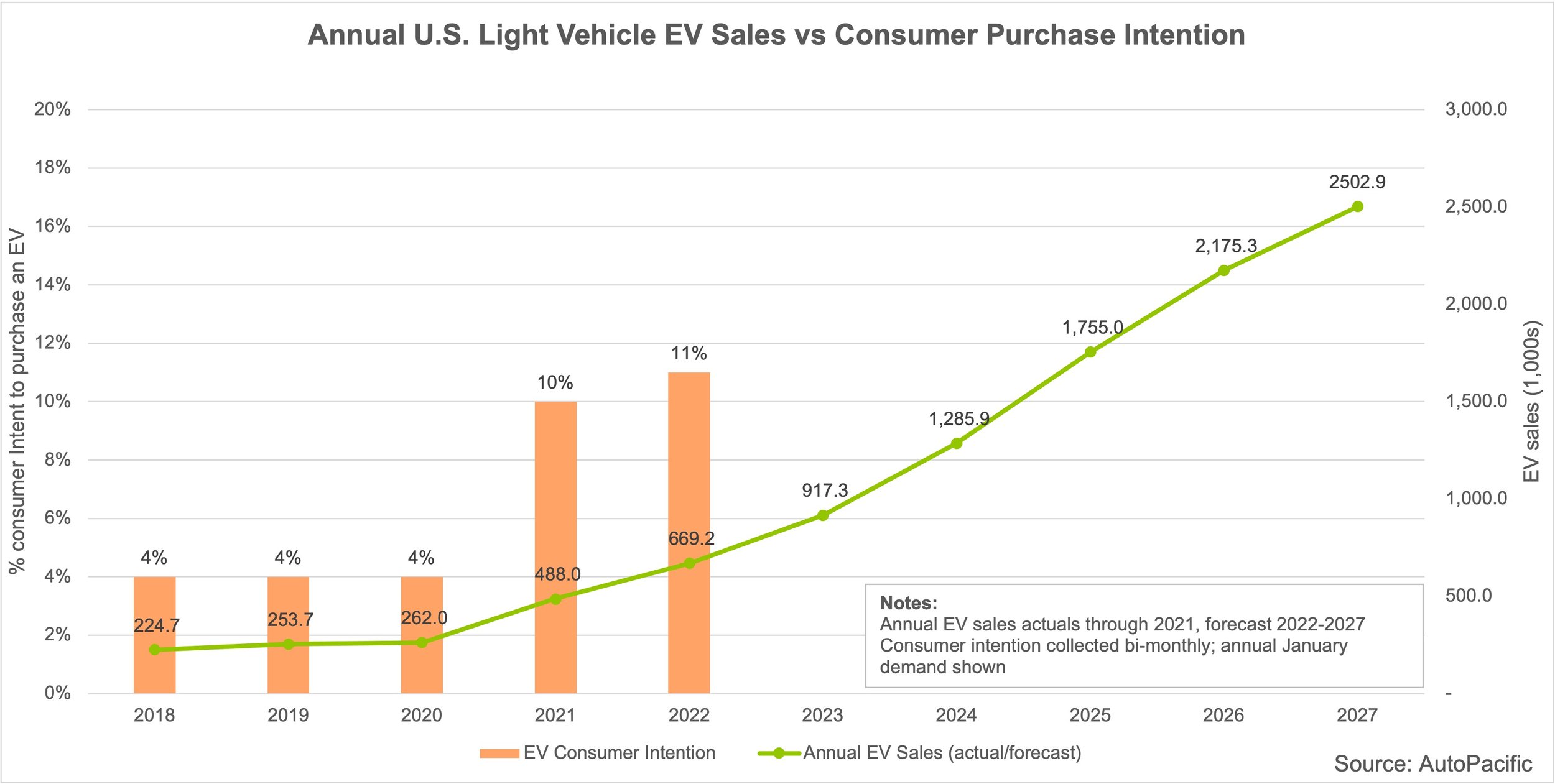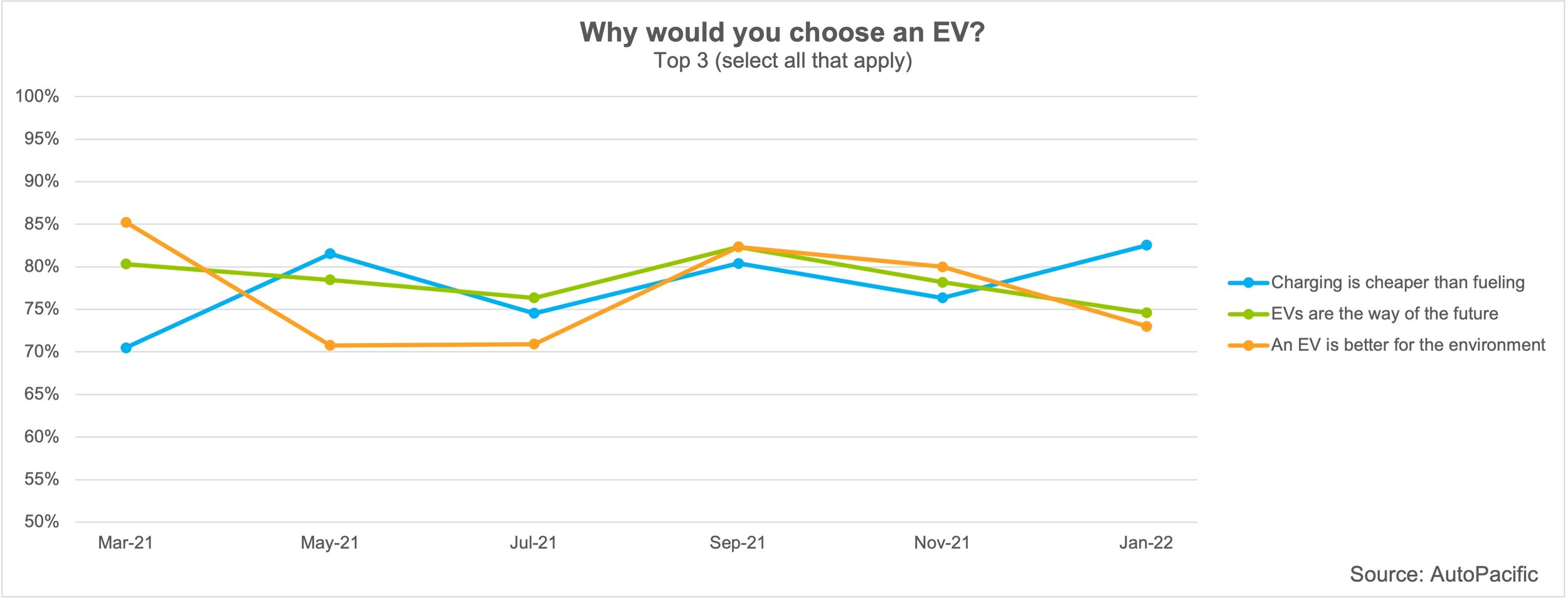With the advent of fully-autonomous vehicles on the way, who will win the race first to develop the most trusted system? As part of AutoPacific’s recent study gauging consumer perception on fully-autonomous vehicle technology, we asked respondents about their trust in 56 brands, both automakers and popular technology companies alike. From Apple to Volvo, consumers across all age brackets picked who they would trust the most, and the least, when it comes to developing safe and reliable fully-autonomous vehicles.
Before diving into the top 10 most-trusted brands, let’s take a look at just how ready consumers are to embrace the technology. While automakers, legacy and startups, and even a few technology companies promise appealing, cutting-edge fully-autonomous vehicles… if the consumer isn’t entirely on board then the pace of adoption may stall the arrival of this technology.
Younger Generations Are More Welcoming to AVs
What age group is the most eager to embrace fully-autonomous vehicle technology? Expectedly, 22% of younger shoppers ages 30 to 39 want AVs as soon as possible followed by 14% of shoppers ages 18 to 29. The eagerness begins to drop as the age brackets climb, with just 3% of polled consumers ages 60 and up wanting it ASAP. However, the common theme displayed across all polled age brackets is that the majority of consumers would prefer to wait until there is a proven track record of safe and/or reliable fully-autonomous vehicle technology. The most reluctant to ever have a taste for fully-autonomous vehicle technology? Drivers aged 60 and up.
While it appears most consumers, regardless of age bracket, are more comfortable waiting a bit longer for fully-autonomous vehicles, that doesn’t mean that automakers and technology companies should delay getting the ball rolling.
At this time, there are no fully-autonomous or “self-driving” vehicles on sale today. However, some automakers including GM, Ford, Tesla, and Toyota do currently offer more comprehensive ADAS suites that do legally allow for Level 2 semi-autonomous hands-free driving on marked highways in ideal, safe conditions (as required by the National Highway Transportation Safety Administration or NHTSA, a driver’s eyes and attention must be kept on the road when these hands-free systems are activated and in use).
Consumers trust the following brands the most to develop safe, reliable fully-autonomous vehicles: Tesla, Toyota, BMW, Chevrolet, Ford, Apple, Honda, Audi, Subaru, and Cadillac.




